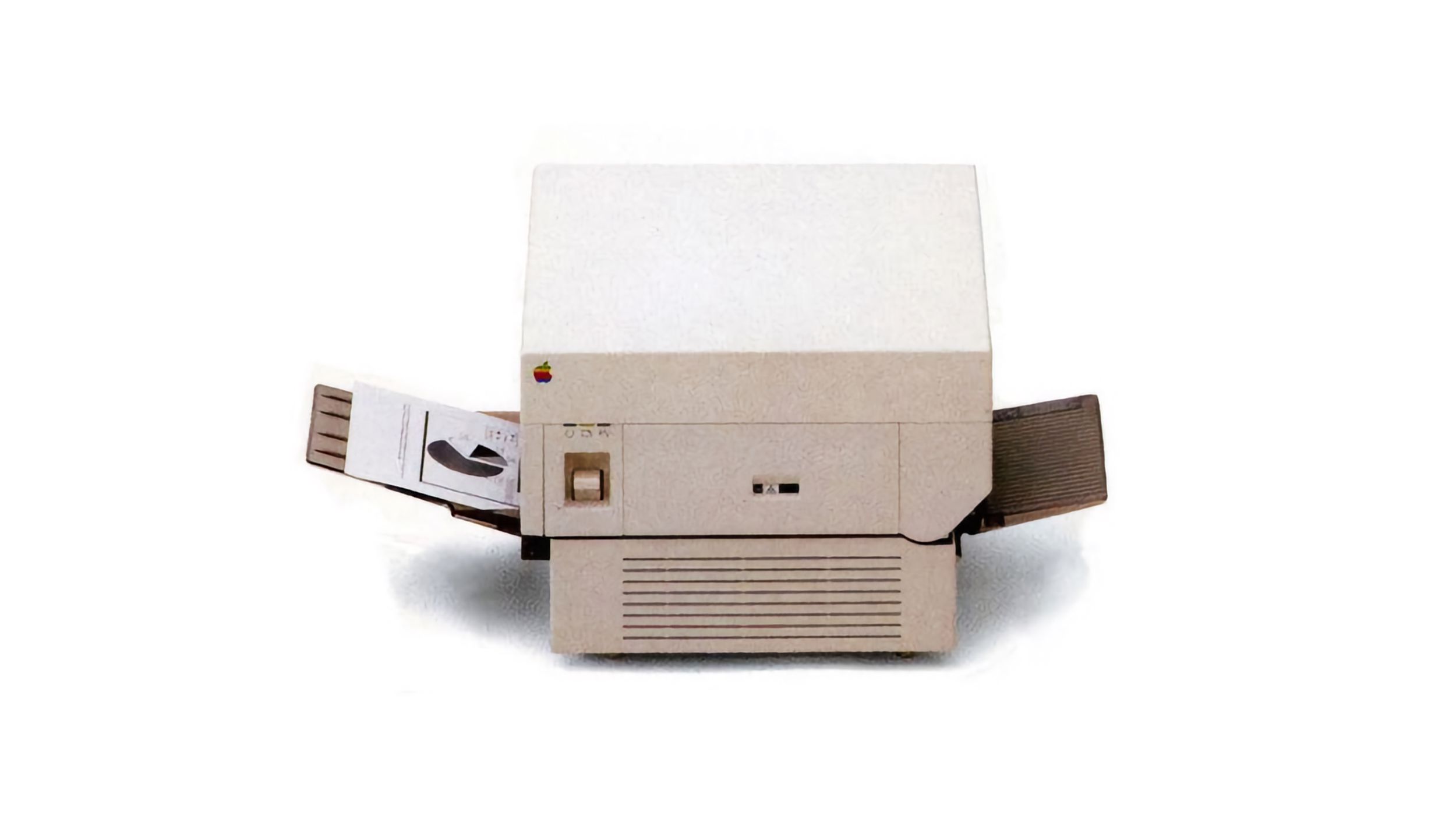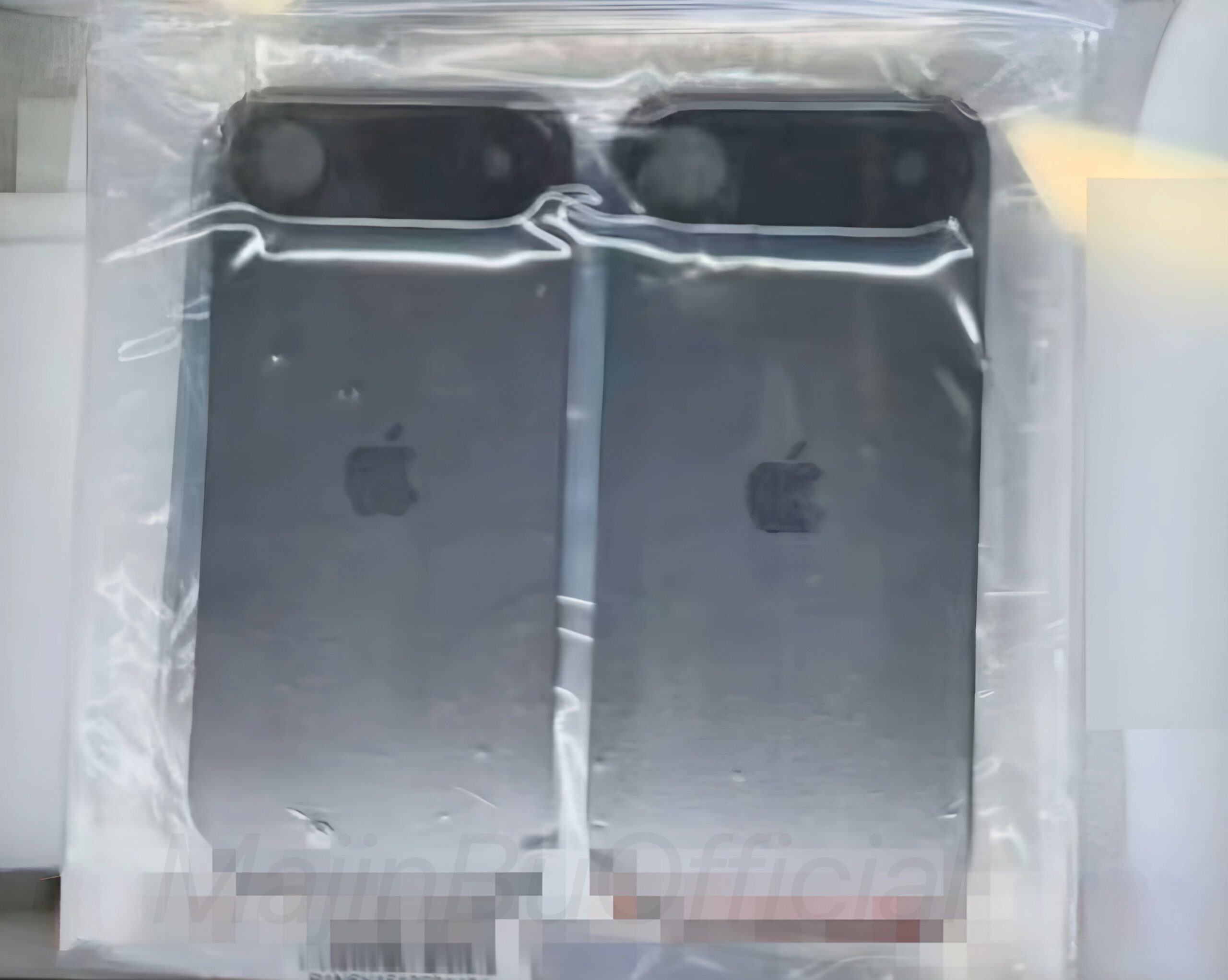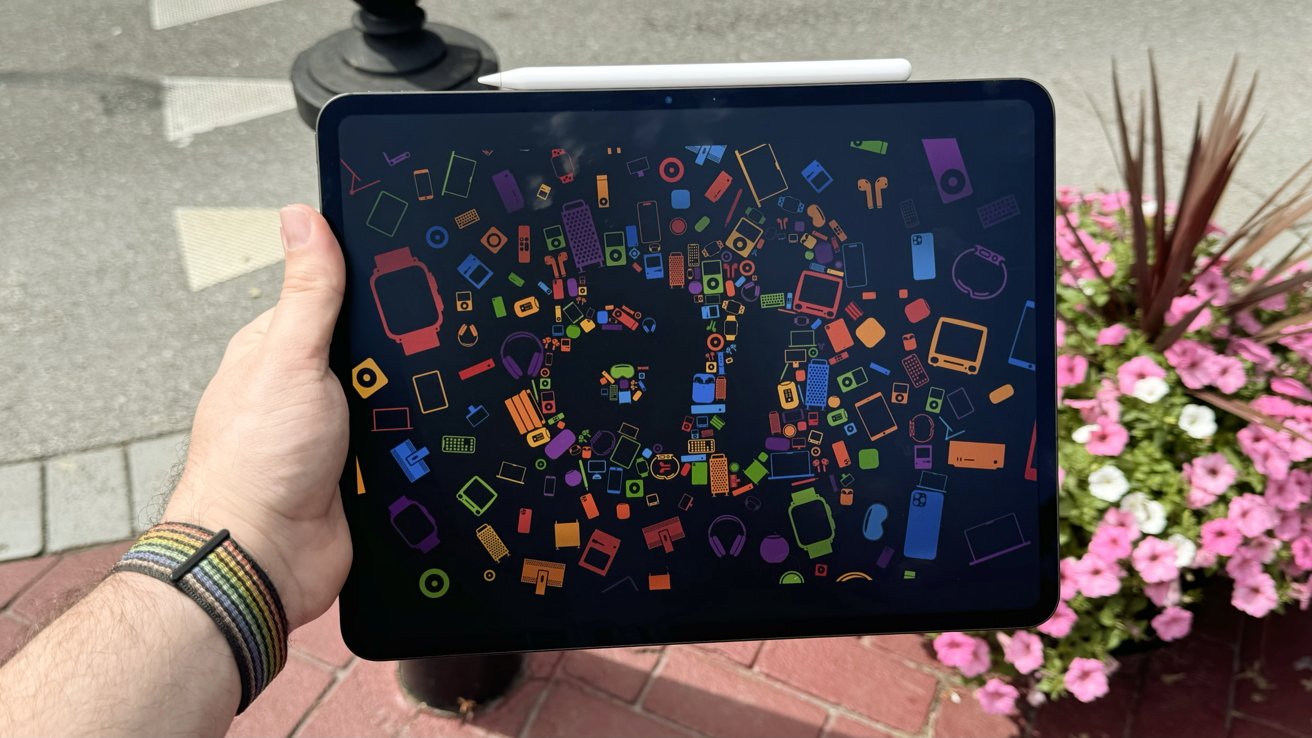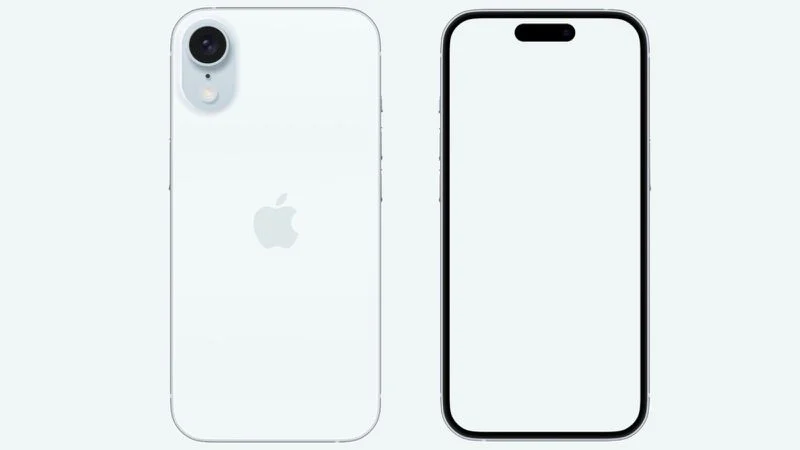Get ready for an exciting year for iPhone fans! Alongside the new iPhone SE 4 in spring and the sleek iPhone 17 Air in autumn, Apple’s top-tier Pro models are set to dazzle with these seven new features coming this September:
Better Selfie Camera
The selfie camera is getting a major upgrade. Instead of the 12MP we’ve seen, the iPhone 17 Pro will sport a 24MP front camera, bringing selfie quality much closer to the prowess of its back cameras.
New A19 Pro Chip
Apple is keeping its tradition of upgrading the chip alive with the A19 Pro, reserved only for the iPhone 17 Pro and Pro Max. This means the best performance will be exclusive to these models, while the iPhone 17 Air gets the standard A19.
More Memory with 12GB RAM
With AI becoming more central to our devices, Apple’s upping the ante by doubling the RAM to 12GB for the Pro and Pro Max models, the highest ever in an iPhone. This jump from 8GB in the previous models ensures smoother AI operations.
Homegrown Wi-Fi and Bluetooth Chip
Apple has been working on its own chips, and now they’re ready. The iPhone 17 Pro models will feature a new combined Wi-Fi and Bluetooth chip. However, only the iPhone 17 Air will get Apple’s custom 5G modem, while Pro models continue with Qualcomm’s.
Bigger Camera Bump
The camera setup on the iPhone 17 Pro models will see a larger, rectangular bump, possibly for enhanced photography features. The design includes an aluminum top for strength and a glass bottom for wireless charging.
Switch to Aluminum Frame
Moving away from titanium, the iPhone 17 Pro will now feature an aluminum frame. This change from last year’s material choice is intriguing, and we’re eager to learn why Apple made this switch.
Enhanced Cooling
AI and high performance need good cooling, so Apple’s adding a vapor chamber and graphite sheet specifically to the iPhone 17 Pro Max to keep things cool under pressure.
These updates make the choice tougher between sticking with the Pro for top features or going for the slim and stylish Air. Hardware might be peaking, but Apple seems determined to push the envelope further with these innovations.







